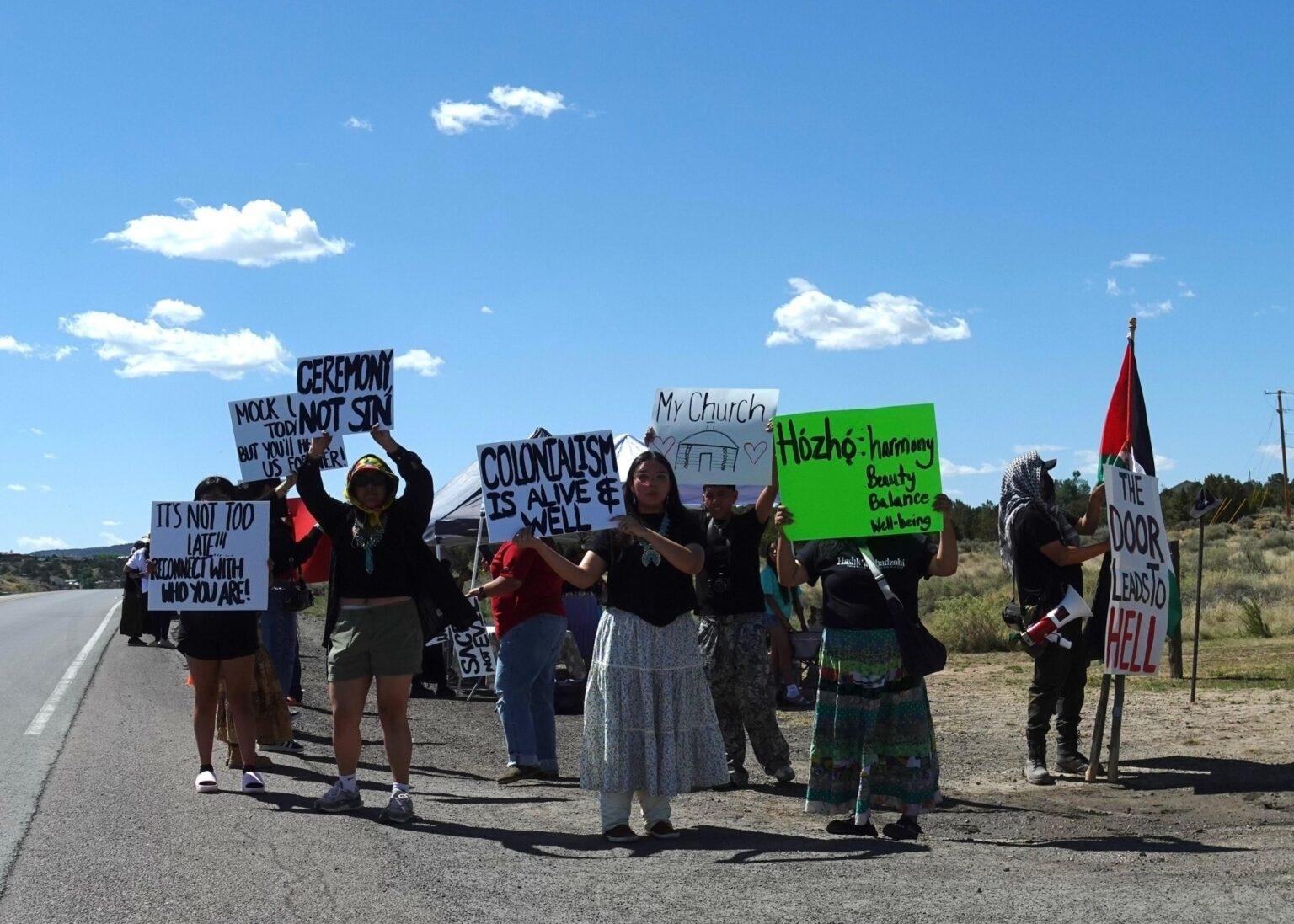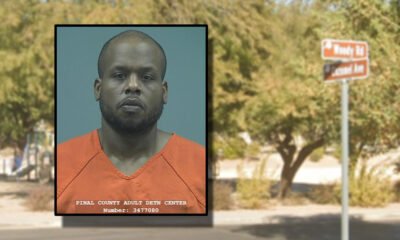arizona
Church Play Featuring Navajo Medicine Man in Hell Ignites Outrage and Revolt

In an unexpected turn of events, Louvannina Tsosie attended a service at The Door Christian Fellowship Church in Gallup, New Mexico, only to be met with a controversial stage performance. Set to criticize Native traditions, the portrayal included a medical practitioner, or Diné Hataałii, condemned for upholding traditional Navajo beliefs.
“Unfortunately, it turned out to be a really disrespectful kind of play,” Tsosie remarked, highlighting how the performance employed damaging stereotypes about Indigenous identity. The offensive narrative condemned traditional practices like healing ceremonies, challenging a foundational aspect of Diné culture.
The Door Church, an offshoot of the Potter’s House Christian Fellowship, operates multiple locations, including seven within the Navajo Nation. Their extensive network is presented as a testament to transformative evangelism.
Attempts to engage the church for comment have gone unanswered by both The Door and the Potter’s House. Taken aback by the performance, Tsosie captured portions on her phone and shared it to her TikTok account. It quickly gained traction, with over 230,000 views.
In the video, viewers witness a dark stage where ominous music complements scenes of violence against the medicine man by another Navajo character. The drama escalates, wrapping up with the Hataałii being thrust into hell by demons, a depiction that left many shocked.
Following the uproar, Tsosie organized a peaceful protest on June 8, calling for accountability from The Door Church. Community members, including Navajo elders and youth, have shown support, affirming a collective demand for respect towards traditional beliefs.
“It’s been emotional and overwhelming,” she stated, expressing that this moment transcends her personal experience. Elders have reached out, grateful for her bravery in voicing concerns that many felt were long overdue.
Reflections on the event reveal a concerning trend among some Indigenous community members. Dr. Jennifer Nez Denetdale, a historian, noted that attendees seemed unfazed by the derogatory representations during the performance. She emphasized the importance of recognizing how pervasive Christian ideology has been since colonization.
Denetdale pointed to the problematic relationships within the community where the Church often propagates negative sentiments towards indigenous practices. “This is part of a long-term strategy of demonization,” she said, reinforcing the idea that the church’s approach actively undermines traditional beliefs.
The city of Gallup recently issued a statement addressing the backlash, acknowledging its rich mosaic of cultures while stressing the importance of balancing freedom of expression with respect for different beliefs. Their remarks highlighted the city’s commitment to public safety, mentioning that conflicts are expected in a diverse community.
Additionally, leaders within the Navajo Nation have formally addressed the performance. Council Speaker Crystalyne Curley made clear that the church’s actions are viewed as disrespectful. “Many consider these practices sacred,” she stated, calling for a dialogue focused on mutual respect among all faith communities.
Curley’s letter to The Door emphasized the need for accountability regarding how sacred aspects of Navajo spirituality were portrayed. Despite calls for discussion, no response has been received from the church thus far.
The Navajo Nation Council advocates for religious freedoms while maintaining that such freedoms should not infringe upon the sacred traditions of others. Curley reiterated the expectation of respect between neighboring communities and faiths.
As tensions remain high, the broader implications of this incident continue to unfold, raising critical questions about cultural representation and religious sensitivity within Indigenous and Christian relationships.


![Phillip Gracia was arrested on multiple disorderly conduct charges on June 19, 2025. [PCSO/graphic]](https://arizonanews.org/wp-content/uploads/2025/06/Family-Mass-Suicide-Plot-Man-Arrested-for-Alleged-Orchestration-400x240.jpg)
![Phillip Gracia was arrested on multiple disorderly conduct charges on June 19, 2025. [PCSO/graphic]](https://arizonanews.org/wp-content/uploads/2025/06/Family-Mass-Suicide-Plot-Man-Arrested-for-Alleged-Orchestration-80x80.jpg)














